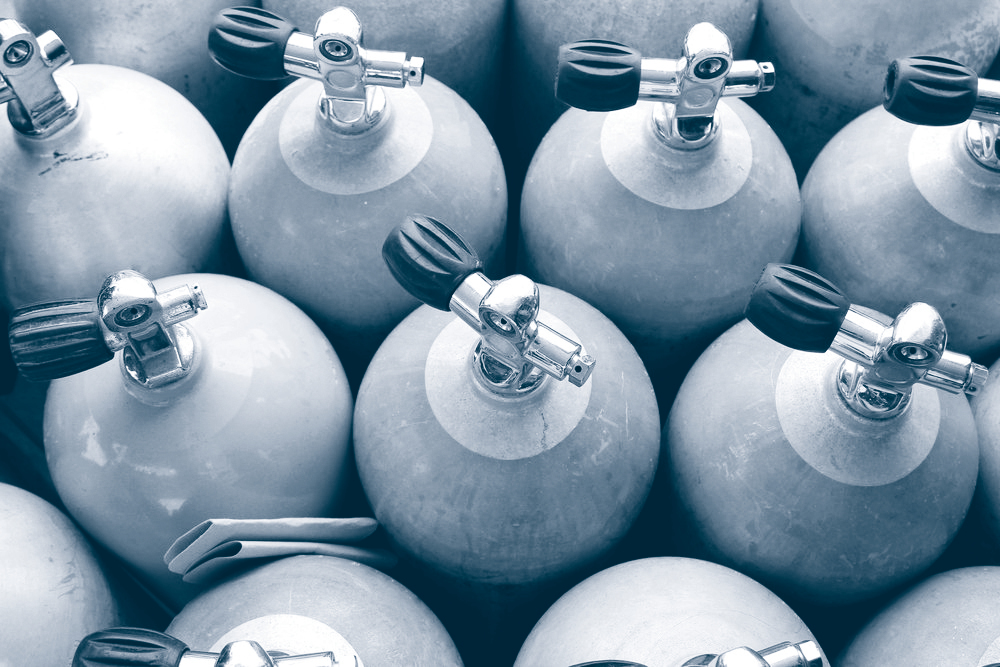Calibration gas is a critical component in ensuring the accuracy and reliability of gas detection instruments used in various industries such as environmental monitoring, industrial safety, and laboratory analysis. Calibration gas is specifically formulated to contain known concentrations of gases for calibrating and testing gas detectors and analyzers. Here's an overview of how calibration gas is made:
- Selection of Gases: The first step in making calibration gas is to determine the gases and their concentrations required for calibration. This depends on the type of gas detectors or analyzers being calibrated and the gases they are designed to detect, such as oxygen (O2), carbon dioxide (CO2), methane (CH4), hydrogen sulfide (H2S), and others.
- Gas Sourcing: The gases needed for calibration are sourced from reliable suppliers or produced internally through gas generation systems.
- Gas Blending: Once the required gases are obtained, they are blended together in precise ratios to create the desired calibration gas mixture.
- Quality Control: Quality control measures are implemented throughout the calibration gas manufacturing process to verify the accuracy and consistency of the gas mixtures.
- Cylinder Filling: After blending and quality control checks, the calibration gas mixture is filled into high-pressure cylinders under controlled conditions.
- Labeling and Documentation: Each calibration gas cylinder is labeled with important information, including the gas mixture composition, concentration levels, expiration date, lot number, and safety precautions.
- Distribution and Storage: The filled calibration gas cylinders are then distributed to customers, laboratories, or calibration facilities where they are used to calibrate and validate gas detection instruments.





Comments